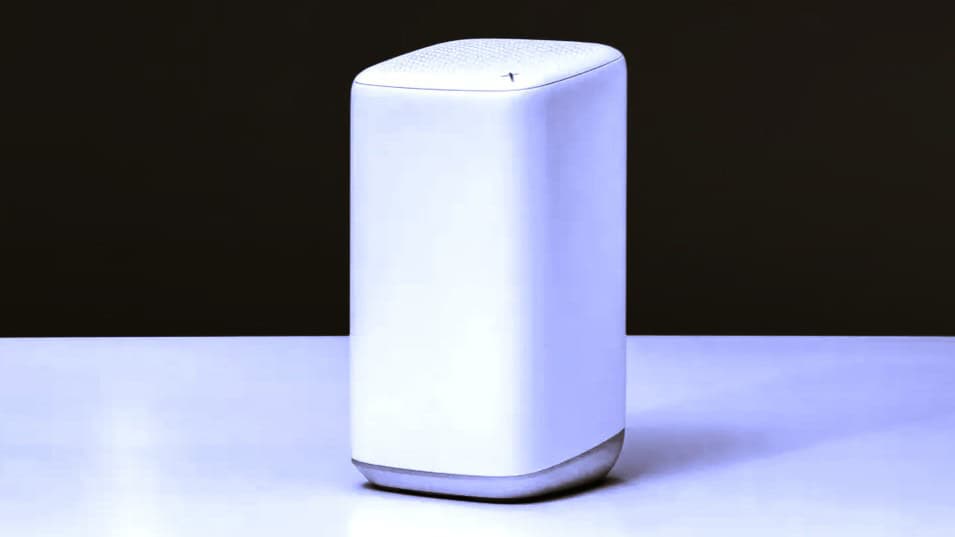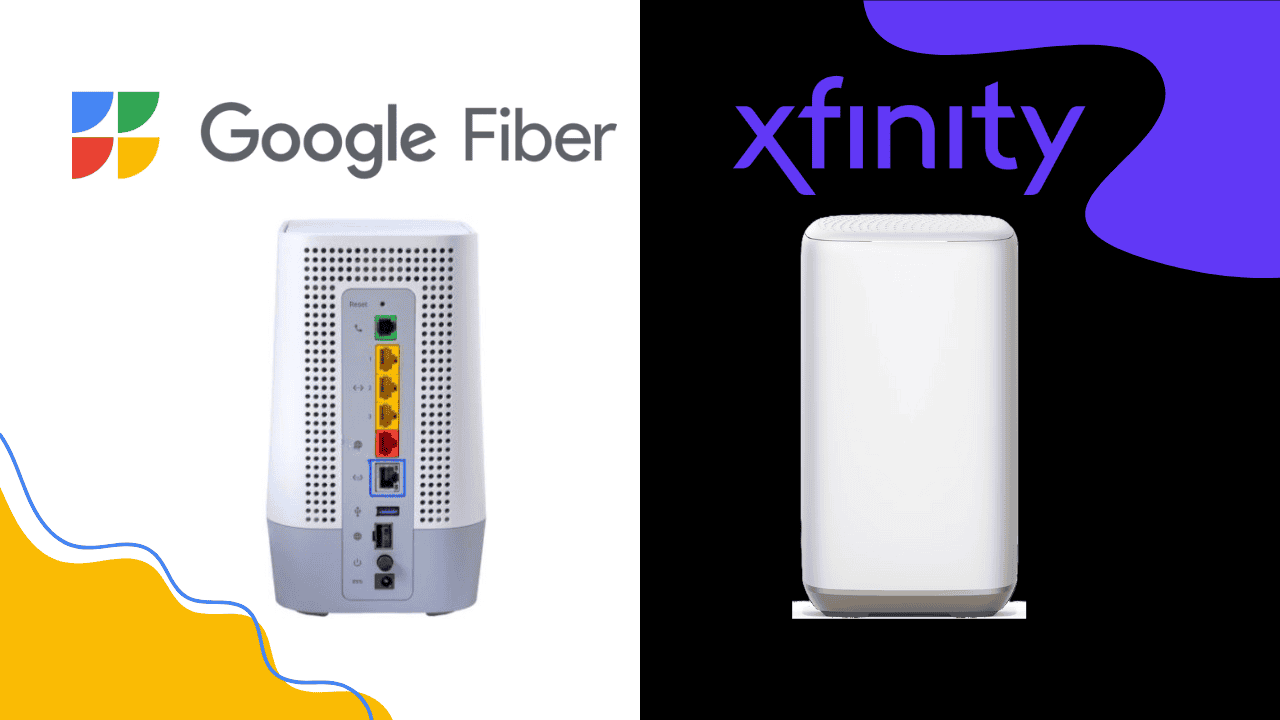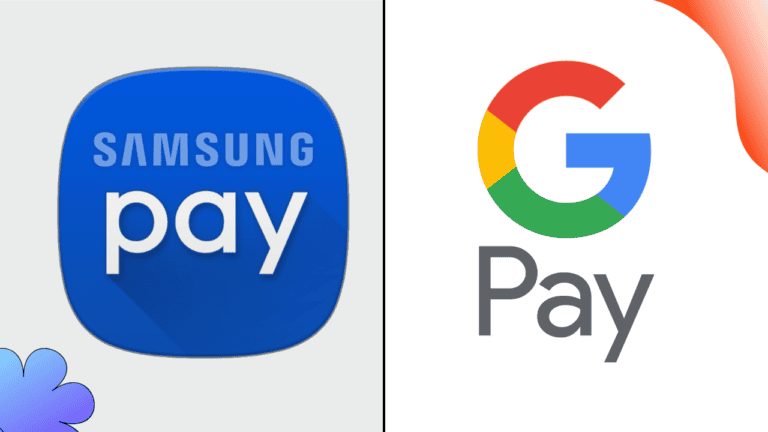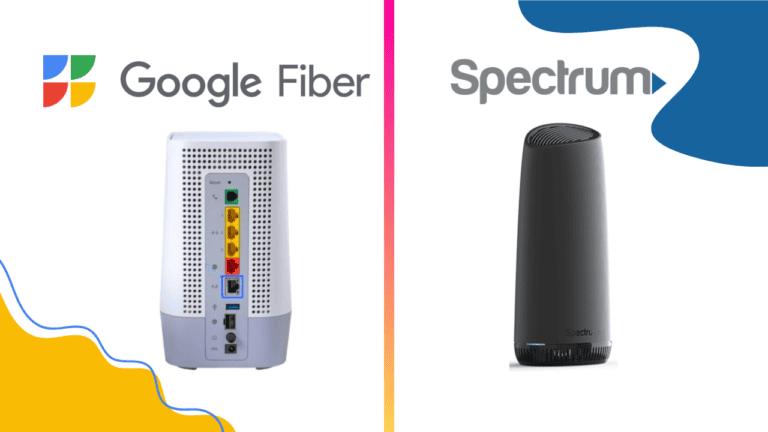The answer to whether Google Fiber is better than Xfinity depends on your specific needs, location, and preferences. Both providers have strengths and limitations that cater to different types of users.
When Google Fiber is Better:
- Speed and Reliability: Google Fiber offers lightning-fast and consistent speeds, with plans up to 2 Gbps. Its fiber-optic infrastructure ensures minimal downtime and a stable connection, ideal for heavy internet users, gamers, and streamers.
- Transparent Pricing: With straightforward pricing and no hidden fees, Google Fiber stands out for its simplicity. It also avoids contracts, giving users flexibility without fear of early termination fees.
- Customer Experience: Google Fiber is known for its excellent customer support and seamless installation process, making it a hassle-free option for many.
When Xfinity is Better:
- Availability: Xfinity’s extensive network covers a broader geographic area, including urban, suburban, and some rural regions where Google Fiber is unavailable. If location is a constraint, Xfinity might be your only viable option.
- Bundling Options: For households interested in bundling internet with TV, phone, or home security services, Xfinity offers convenient and cost-effective packages.
- Top-End Speed Options: Xfinity gives speeds up to 6 Gbps in certain areas, appealing to users with extreme bandwidth requirements.
Considerations:
- Cost Variability: While Xfinity often starts with promotional rates, prices can increase after the initial period, and hidden fees might apply. Google Fiber’s transparent pricing may be preferable for those seeking predictable monthly bills.
- Performance: Regarding real-world performance, Google Fiber generally provides more consistent speeds, while Xfinity’s performance can vary based on location, network congestion, and infrastructure.

Service Availability
Google Fiber has gained attention for its high-speed internet, but its availability remains limited. It operates in select metropolitan areas like Austin, Kansas City, and Salt Lake City. On the other hand, Xfinity boasts a widespread presence, covering a significant portion of urban and suburban America. However, rural areas may find themselves underserved by both providers, emphasizing the urban-rural digital divide and potentially limiting the options for some consumers.
Speed and Performance
Speed is a significant selling point for Google Fiber. Offering up to 2 Gbps in select areas, it has set a high standard for internet performance. While not far behind, Xfinity speeds up to 6 Gbps in certain regions. Yet, real-world tests reveal variability. G-Fiber often delivers consistent speeds, while Xfinity users sometimes report throttling during peak hours.
Pricing Structure
Google Fiber offers transparent pricing, with plans starting at $70 for gigabit speeds. In contrast, Xfinity’s pricing can be more complex, with introductory offers that eventually increase. Hidden fees, such as equipment rental or regional sports surcharges, can inflate costs for Xfinity users, making it less predictable than Google Fiber’s straightforward approach.
Reliability
Downtime can disrupt work, gaming, or streaming. Google Fiber’s infrastructure, built on modern fiber-optic technology, boasts minimal outages. Xfinity, relying on a mix of fiber and coaxial cable, experiences higher downtime rates, particularly during inclement weather. G-Fiber may have the edge for those who prioritize a dependable connection.
Customer Support
G-Fiber excels with streamlined customer service, offering quick chat, email, and phone responses. Xfinity, however, has a mixed reputation, with frequent complaints about long wait times and unresolved issues. While both providers offer 24/7 support, Google Fiber’s approach feels more user-focused.
Installation and Equipment
G-Fiber provides a hassle-free installation process, often with a technician visit included in the service. Its equipment, such as the Google Wi-Fi router, is sleek and easy to use. On the other hand, Xfinity offers self-installation kits but charges extra for professional setups. Some users find Xfinity’s modems less intuitive than Google’s.
Streaming and Gaming Experience
Google Fiber’s low latency makes it a favorite among gamers and streamers. Its consistent speeds ensure smooth video playback and lag-free gameplay. Xfinity performs well, too, but occasional latency spikes can frustrate gamers. G-Fiber is hard to beat for 4K streaming and competitive gaming.

Contracts and Flexibility
G-Fiber shines with its no-contract policy, which allows users to cancel without penalties. Xfinity, however, often ties customers to one—or two-year contracts. Early termination fees for Xfinity can be steep, deterring users from switching or canceling services prematurely.
Bundling Options
Unlike Xfinity, which offers bundled services like TV and phone, G-Fiber focuses solely on the internet. Xfinity’s bundles can be cost-effective for households that want all services under one provider. However, those seeking internet-only plans may prefer Google Fiber’s simplicity.
User Reviews and Satisfaction
Customer reviews and satisfaction surveys consistently place G-Fiber ahead of Xfinity. Users praise its speed, transparency, and reliability, while complaints about billing issues and inconsistent service often mar Xfinity’s reviews. This high user satisfaction with Google Fiber can instill confidence in your potential choice.
Conclusion
Ultimately, the key to choosing between Google Fiber and Xfinity is understanding your internet needs and evaluating local availability. This knowledge empowers you to make the right decision that aligns with your priorities. If speed, reliability, and transparency are paramount, Google Fiber is an excellent choice—provided it’s available in your area. On the other hand, Xfinity’s widespread availability and bundling options make it suitable for those seeking a comprehensive package.
FAQs
What is the main difference between Google Fiber and Xfinity?
Google Fiber uses fiber-optic technology for faster and more consistent internet speeds, while Xfinity relies on a mix of coaxial and fiber networks.
Which provider is more widely available, Google or Xfinity?
Xfinity has broader coverage, serving urban, suburban, and some rural areas, whereas Google Fiber is limited to select cities.
Does Google Fiber offer better internet speeds than Xfinity?
Google Fiber consistently provides speeds up to 2 Gbps, but Xfinity offers speeds up to 6 Gbps in certain areas. Real-world performance may vary.
Is Google Fiber more affordable than Xfinity?
Google Fiber offers transparent pricing with no hidden fees, while Xfinity’s pricing includes promotional rates that may increase over time.
Which provider is better for gaming and streaming?
Google Fiber’s low latency and consistent speeds are ideal for gaming and streaming, while Xfinity may experience occasional performance dips.
Do G-Fiber and Xfinity require contracts?
Google Fiber does not require contracts, providing flexibility, while Xfinity often has one- or two-year contracts with early termination fees.
Can I bundle other services like TV and phone with Google Fiber or Xfinity?
Xfinity offers bundling options for TV, phone, and home security, whereas Google Fiber focuses solely on internet service.
Which provider has better customer support?
G-Fiber generally receives high praise for customer service, while Xfinity has a mixed reputation with frequent complaints about resolution times.
Are there hidden fees with Fiber or Xfinity?
Google Fiber’s pricing is transparent and has no hidden fees. Xfinity, however, may include equipment rental fees and surcharges, such as regional sports fees.
Which is better overall: Google or Xfinity?
If available in your area, Google Fiber is better for speed, reliability, and simplicity. Xfinity is a better option for availability and bundling services.
Please visit Blogsweneed for News, Blogs, and content like this.

Hi, I’m Nathan Cross, a writer and avid reader who loves crafting articles for newspapers and online platforms. Words are my passion, whether I’m telling stories, sharing insights, or sparking conversations. When I’m not writing, you’ll find me lost in a book or out on the baseball field, enjoying the game that keeps me grounded. Writing, reading, and baseball—these are the things that define me.




